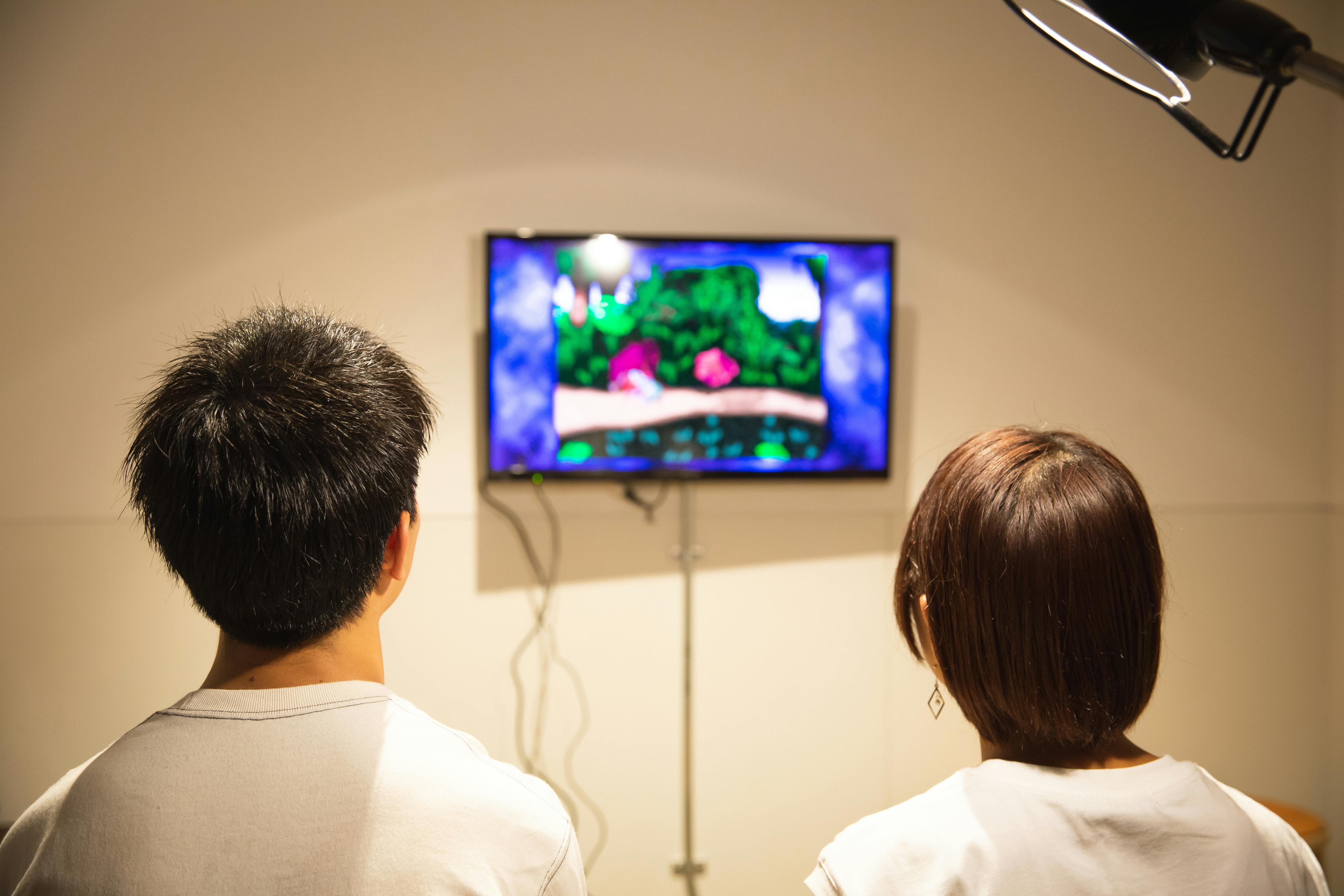The Evolution of Visuals: What's New in Home Screens
The landscape of home entertainment has undergone a significant transformation, driven by relentless innovation in display technology. From enhanced picture clarity to smarter functionalities, modern televisions offer an immersive viewing experience that was once unimaginable. Understanding these advancements is key to appreciating how today's screens deliver superior visuals and integrate seamlessly into contemporary living spaces, providing more than just a way to watch content.

The journey of home screens, particularly televisions, has been marked by continuous innovation, pushing the boundaries of visual and auditory experiences. What began as simple cathode-ray tube displays has evolved into sophisticated devices that serve as central hubs for entertainment and connectivity in many homes. This evolution encompasses various aspects, from the fundamental display technology to smart features and overall user interaction, reshaping how we consume media.
Display Technologies: OLED, LED, and Beyond
Modern television display technology offers a range of options, each with distinct characteristics that influence picture quality and viewing experience. LED (Light Emitting Diode) TVs utilize an LED backlight to illuminate liquid crystals, which then produce the image. Variations like QLED (Quantum-dot Light Emitting Diode) enhance color and brightness by adding a layer of quantum dots. OLED (Organic Light Emitting Diode) technology represents a significant leap, where each pixel generates its own light, allowing for perfect blacks, infinite contrast, and wider viewing angles. These advancements in screen technology directly contribute to the vividness and depth of the images displayed, making every viewing session more engaging.
Resolution and Picture Clarity
Resolution plays a crucial role in the clarity and detail of the picture on a television display. While Full HD (1920x1080 pixels) was once the standard, 4K Ultra HD (3840x2160 pixels) has become prevalent, offering four times the pixel count for significantly sharper images. More recently, 8K resolution (7680x4320 pixels) has emerged, providing even greater detail, though content availability for 8K is still developing. High Dynamic Range (HDR) further enhances picture quality by expanding the range of colors and contrast, making bright areas brighter and dark areas deeper, resulting in a more lifelike image that closely mirrors what the human eye perceives. This combination of higher resolution and improved dynamic range redefines the visual fidelity of home entertainment.
Smart Features and Connectivity
The integration of smart features has transformed televisions into comprehensive entertainment and information hubs. Smart TVs come with operating systems that allow users to access streaming services, browse the internet, and download applications directly onto the device, eliminating the need for external media players for many functions. Connectivity options, including Wi-Fi, Bluetooth, and multiple HDMI and USB ports, enable seamless integration with other devices such as soundbars, gaming consoles, and smart home systems. Voice control capabilities and intuitive user interfaces further enhance the user experience, making it easier to navigate content and control the television.
Audio Enhancements and Refresh Rates
While visual quality often takes center stage, audio technology in home screens has also seen considerable improvements. Many modern televisions incorporate advanced sound processing and support for immersive audio formats like Dolby Atmos, which creates a three-dimensional sound experience. External sound systems, such as soundbars and home theater setups, can further elevate the audio experience. The refresh rate, measured in Hertz (Hz), indicates how many times per second the screen updates its image. Higher refresh rates, such as 120Hz or even 240Hz, contribute to smoother motion, which is particularly beneficial for fast-paced content like sports and video games, reducing motion blur and ghosting for a clearer viewing experience.
Viewing Experience and Size Options
The overall viewing experience is a culmination of various factors, including the display’s picture quality, audio performance, and the physical size of the screen. Televisions are now available in a wide array of sizes, from compact models suitable for smaller rooms to expansive screens that create a cinematic feel in larger living spaces. The choice of size often depends on viewing distance and personal preference. The combination of high resolution, HDR, and advanced display technologies ensures that regardless of the screen size, viewers can enjoy rich, detailed, and vibrant entertainment.
Understanding the potential investment in new television technology involves considering various models and their features. Prices can vary significantly based on brand, display technology, size, and included smart features. The following table provides estimated cost insights for different types of televisions from various providers.
| Product/Service | Provider | Cost Estimation (USD) |
|---|---|---|
| 55” 4K LED TV | TCL | $350 - $600 |
| 65” 4K QLED TV | Samsung | $800 - $1,500 |
| 55” 4K OLED TV | LG | $1,000 - $1,800 |
| 75” 4K LED TV | Hisense | $600 - $1,200 |
| 65” 4K OLED TV | Sony | $1,500 - $2,500 |
| 85” 4K QLED TV | Samsung | $2,000 - $3,500 |
Prices, rates, or cost estimates mentioned in this article are based on the latest available information but may change over time. Independent research is advised before making financial decisions.
The evolution of home screens has delivered a remarkable array of choices for consumers seeking enhanced entertainment. From the fundamental shifts in display technologies like OLED and LED to the integration of smart features, advanced resolutions, and improved audio, modern televisions offer a multifaceted viewing experience. These innovations continue to shape how individuals interact with media, providing clearer pictures, richer sounds, and greater connectivity within the home environment.





